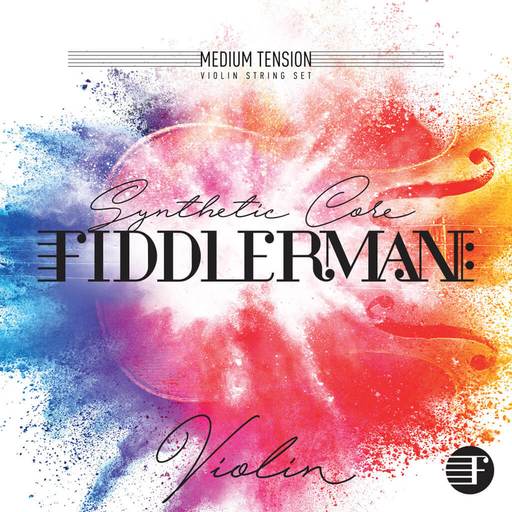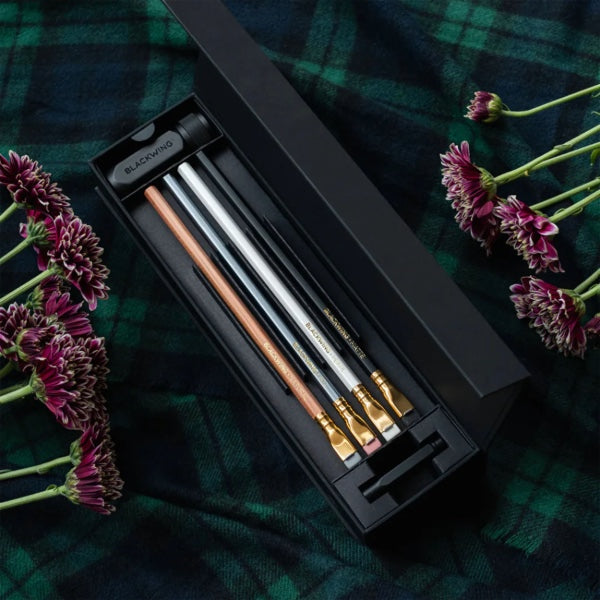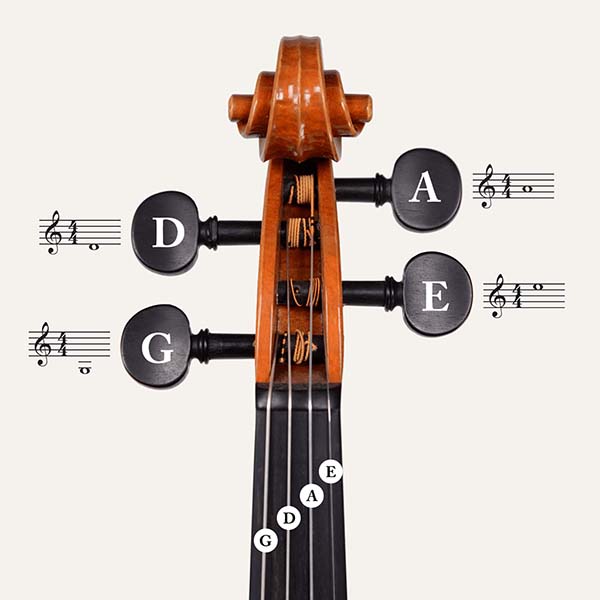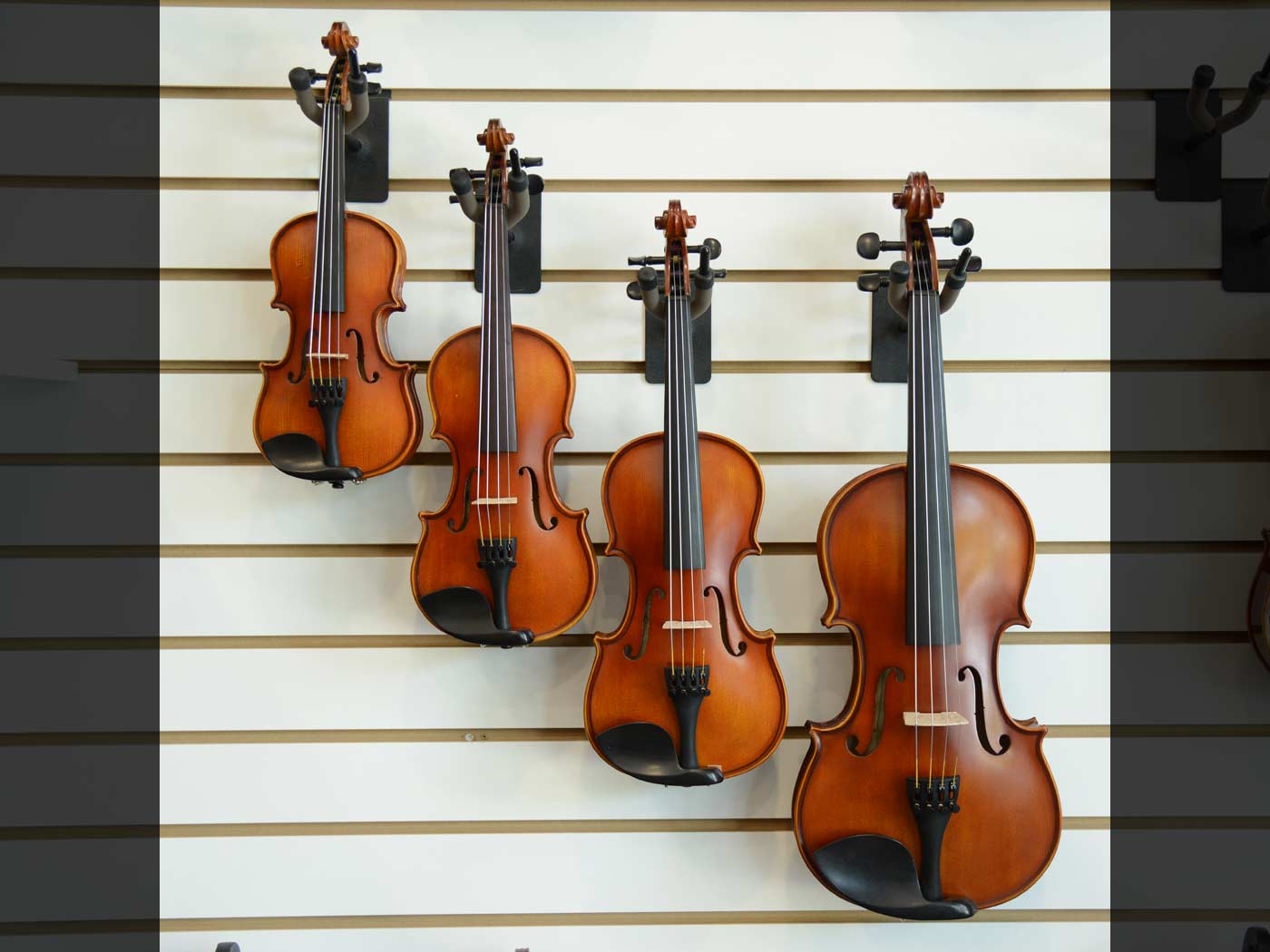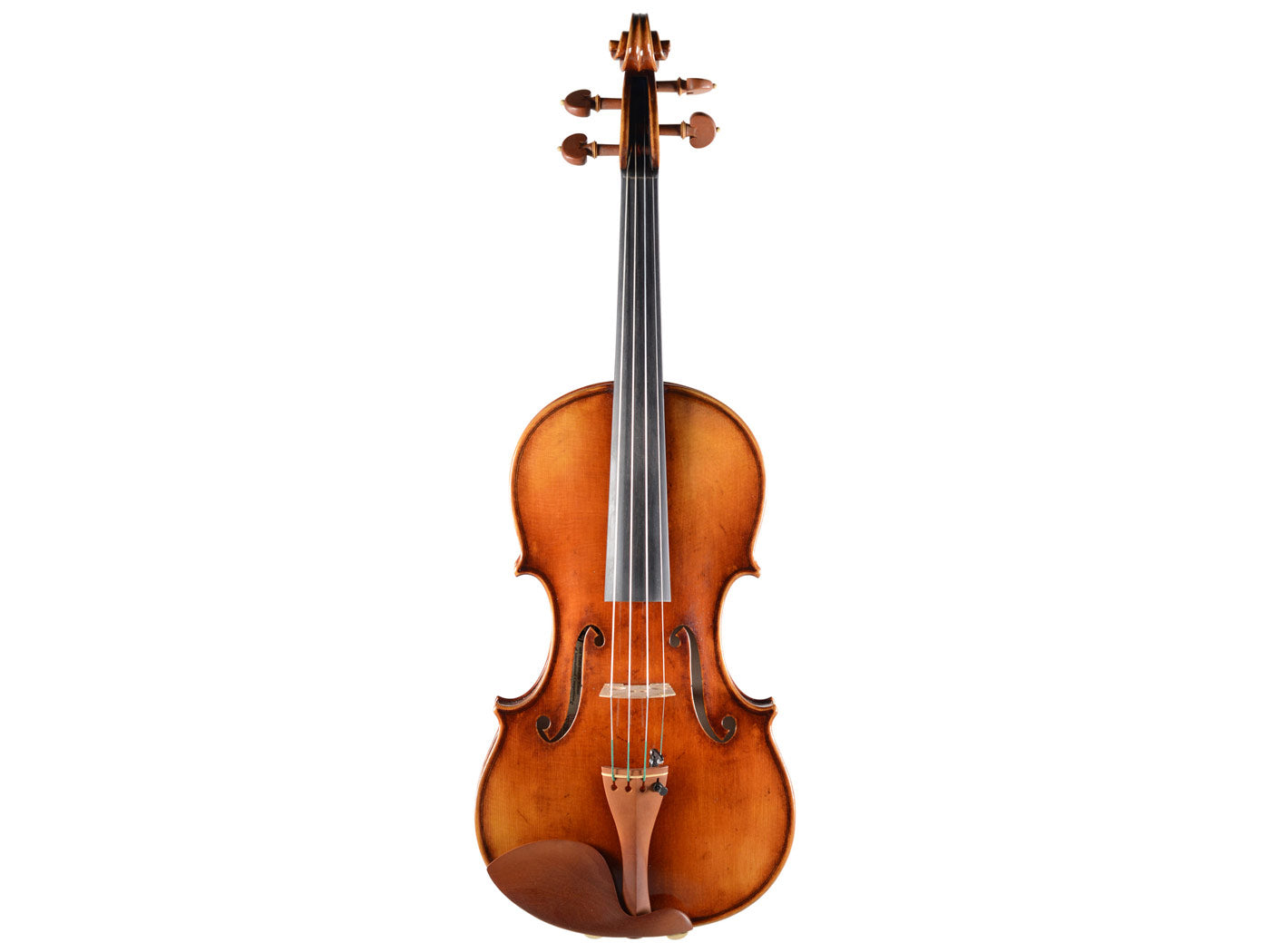The most famous and highly regarded violins are not new. In fact, they have been through a lot; they have survived numerous conflicts in Europe and two world wars. They have been on stage for thousands of hours, not including all the practice time off-stage. So, yeah, the old violin is the very definition of beat up and worn down.
However, just like an old piece of furniture passed down from your great-grandmother or a fine bottle of aged wine, the years only give it more character, beauty, rich history, and value.
The French in the 1700-1800s most likely started the process we know as as antiquing for violins. The famous luthier, Jean-Baptiste Vuillaume being a prime example. Vuillaume was a very well respected violin maker. He was also a restorer and a tradesman who traveled across Europe throughout his career in search of instruments. The most famous and sought after instruments by the great Italian luthiers, passed through his workshop. He certainly capitalized on this and made accurate measurements of their dimensions and made faithful copies of them.
The process involves simulating years of wear on the instrument in the form of stain shading, rubbed off varnish and even nicks and scratches. What is interesting are the varying levels of quality of this process, depending on the workshop. Fiddlershop has encountered thousands of violins with this treatment and can say that the best work is truly a craft and artform, just as much as the building of the violin itself. Notice in the picture above; the blackening, nicks, and lines within the wood, all done in the workshop by a single luthier.

Here is a comparison of two violins from different workshops. On the left is a lesser quality violin. The antiquing is inferior; no fading or darkening whatsoever and messy work in general. On the right is one of our Holstein Benchmade Cremonese Stradivarius. Although the maple is much higher quality wood, it's important to note the quality of the antiquing; the neck is made to look as if the varnish has been worn away with years of use, yielding a subtle darkening and fade. This is done by treating the wood with an acid causing this blackening.
As musicians, we have unique values in what makes a good instrument. Antiqued instruments have an unmistakable allure and nostalgia that also offers inspiration. You love it more throughout the years and look forward to using it every day. Just like a comfy leather couch.


